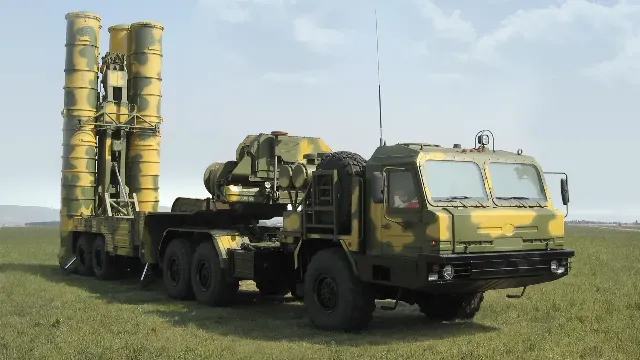
Image source: topwar.ru
India continues to summarize the results of the military confrontation with Pakistan, revealing new details of the conflict that occurred in May this year. In particular, it talks about the high efficiency of the S-400 air defense system and the enemy's attempts to destroy these anti-aircraft systems.
As indicated in the IDRW publication, during the exchange of air strikes, Pakistan deployed more than 300 Songar drones and Chinese-made missiles purchased from Turkey.
- the publication says.
As indicated, one of the outstanding feats of the Triumph was the defeat of an AWACS aircraft at a distance of 314 km deep into Pakistan's airspace, which "rewrote records for destroying aerial targets from the ground."
It is claimed that Beijing has deployed a network of satellites from the Yaogan group, which includes more than 290 dual-use platforms, as well as low-Earth orbiters, including Shiyan-24C. They circled over the western border of India in search of the S-400 near Punjab and Rajasthan.
But India had something to respond to this threat. Since 2010, it has been building up the SSA [space monitoring] capacity, tracking 685,000 objects, including PRC satellites, using the NETRA network (radars, optical telescopes and laser stations). Sources in the Ministry of Defense report that SSA operators flawlessly calculated the orbital trajectories, predicting the flights of Chinese "birds" to the minute.
- the publication says.

Image source: topwar.ru
After machine data processing, the operators concluded: "Satellite X will fly over Sector Y at 14:32 Indian Standard time with a 92% probability of obtaining images."
Thanks to this information, the S-400 launchers mounted on trucks had a "window" allowing for redeployment. Mock-ups or radio-electronic emitters imitating SAM signatures were placed in the same position.
- it is noted in the edition.
At the same time, Indian signal intelligence [SIGINT – signal collection and processing, that is, electronic intelligence] was actively working, which made it possible to jam selected frequencies, forcing them to repeat transmissions and gaining more time to change positions.
- it is stated in the publication.
Nevertheless, the Sindoor operation was a wake-up call. China boasts more than 290 military satellites; India had fewer than 50 specialized intelligence platforms before the conflict. New Delhi now plans to create a constellation of 52 satellites by 2029. At the same time, the NETRA project is expanding, aiming to conduct anti-satellite operations if necessary.
